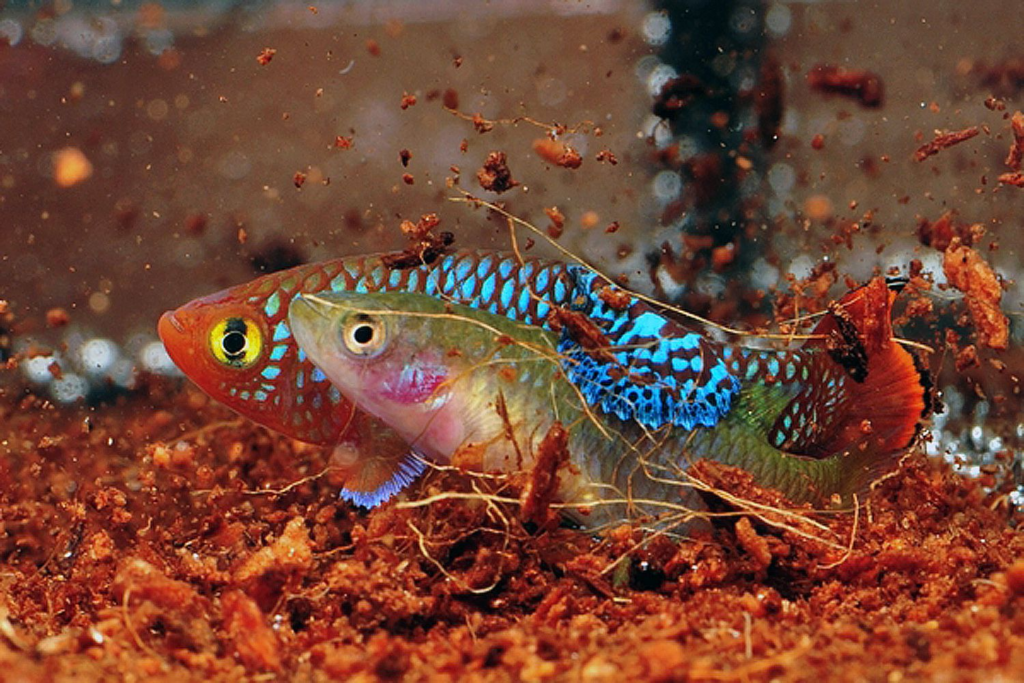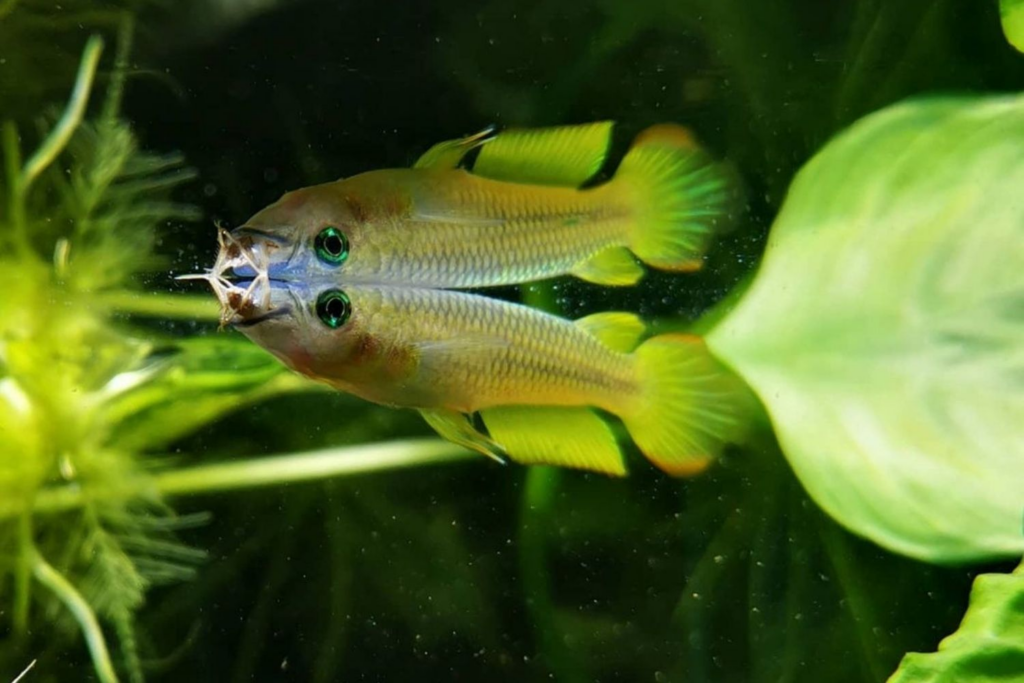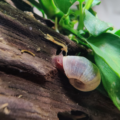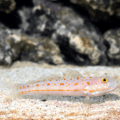If you are a fish enthusiast or looking to expand your underwater pet collection, you may have come across the names “Killifish” and “Panchax.” These two types of fish share some similarities, but they also have distinct characteristics that set them apart.

In this article, we will explore the differences between Killifish and Panchax, from their appearance and physical characteristics to their habitats, feeding habits, reproduction patterns, and behavior.
Author’s Note: Check out our article on The Blue Lyretail (Fundulopanchax gardneri): A Comprehensive Guide to the Steel Blue Killifish for a profile on one of our favorite fish!
Appearance and Physical Characteristics
Killifish are generally small fish, ranging in size from 2 to 6cm. They come in a variety of vibrant colors and intricate patterns, which makes them a popular choice for aquarium enthusiasts.
Panchax, on the other hand, can grow slightly larger, with some species reaching up to 10cm in length. Their appearance is also captivating, often displaying striking colors and patterns.
Tank Adaptability and Coexistence in a Community Setup

When setting up a tank for killifish species and wild striped panchax, understanding their compatibility with community fish is essential. Some species, like golden wonder killifish, can be killifish aggressive, making them less ideal for peaceful tanks.
Others, such as smaller nano fish, may be better suited for mixed-species aquariums. Providing floating plants offers shelter and reduces stress, especially for species that prefer surface dwelling. Additionally, while both fish types can be kept with dwarf shrimp, careful monitoring is required, as certain individuals may prey on them.
Habitat and Distribution
When it comes to their natural habitats, Killifish and Panchax have different preferences. Killifish are predominantly found in freshwater environments such as streams, ponds, and swamps.
They are known to inhabit various regions across the globe, including Africa, South America, and parts of Asia. Panchax, on the other hand, are typically found in tropical regions, particularly in Southeast Asia and India. They prefer slow-moving waters like streams, lakes, and rice paddies.
Author’s Note: For more on setting up your Killifish tank check out our article on How Many Killifish Should Be Kept Together.
Feeding Habits and Diet

In terms of feeding habits, Killifish and Panchax have similar dietary requirements. Both species are omnivorous, meaning they consume a combination of plant matter and small aquatic organisms. They enjoy feasting on live or frozen foods, such as bloodworms, brine shrimp, and daphnia. It is essential to provide a varied diet to ensure their nutritional needs are met.
For more on feeding your aquatic pets check out The Ultimate Guide to Fish Food: Pros and Cons & Best Choices!
Growth Stages and Nutritional Needs of Killifish and Panchax
Both killifish and panchax have unique growth requirements that influence their diet. Adult fish often consume larger prey like mosquito larvae, while juveniles need softer foods such as baby brine shrimp to support their development. Many aquarists supplement their diets with frozen brine shrimp to enhance coloration and vitality.
Since they are egg laying fish, their fry require specialized feeding once their eggs hatch, including finely crushed flakes and live food. Ensuring a proper feeding regimen throughout their growth stages is key to raising healthy, vibrant fish.
Reproductive Strategies and Environmental Triggers
One notable distinction between Killifish and Panchax lies in their reproduction and breeding patterns. Many species of Killifish are classified as annual fish, meaning they have a short lifespan and complete their entire lifecycle within a year.
Successful reproduction for killifish species and panchax depends on environmental factors. Many killifish require a dedicated breeding tank with soft substrate, as they instinctively lay eggs among plants or fine gravel. Meanwhile, panchax species may spawn in standard aquariums with minimal intervention.
The timing of egg development varies, with killifish species often experiencing delayed hatching, whereas panchax eggs tend to hatch quickly. Stable water quality and providing nutrient-rich food like baby brine shrimp encourage consistent breeding cycles, allowing aquarists to maintain thriving populations.
Author’s Note: Check out our article Are Panchax Easy to Breed for more on breeding this species!
Behavior and Temperament

When it comes to behavior and temperament, both Killifish and Panchax exhibit interesting characteristics. Killifish are known for their territorial nature, especially during the breeding season. They may display aggressive behaviors towards other fish of the same species or similar appearance. Panchax, on the other hand, are generally peaceful and can coexist with other fish species in a community tank.
Conclusion
In conclusion, Killifish and Panchax are two fascinating types of fish that share some similarities but also have distinctive features. From their appearance and physical characteristics to their habitat preferences, feeding habits, reproduction patterns, and behavior, there are notable differences between these two species.
Understanding these differences will allow you to make informed decisions when it comes to selecting the right fish for your aquarium. Whether you are captivated by the vibrant hues of the Killifish or the elegance of the Panchax, both fish species can bring beauty and excitement to your underwater world.










